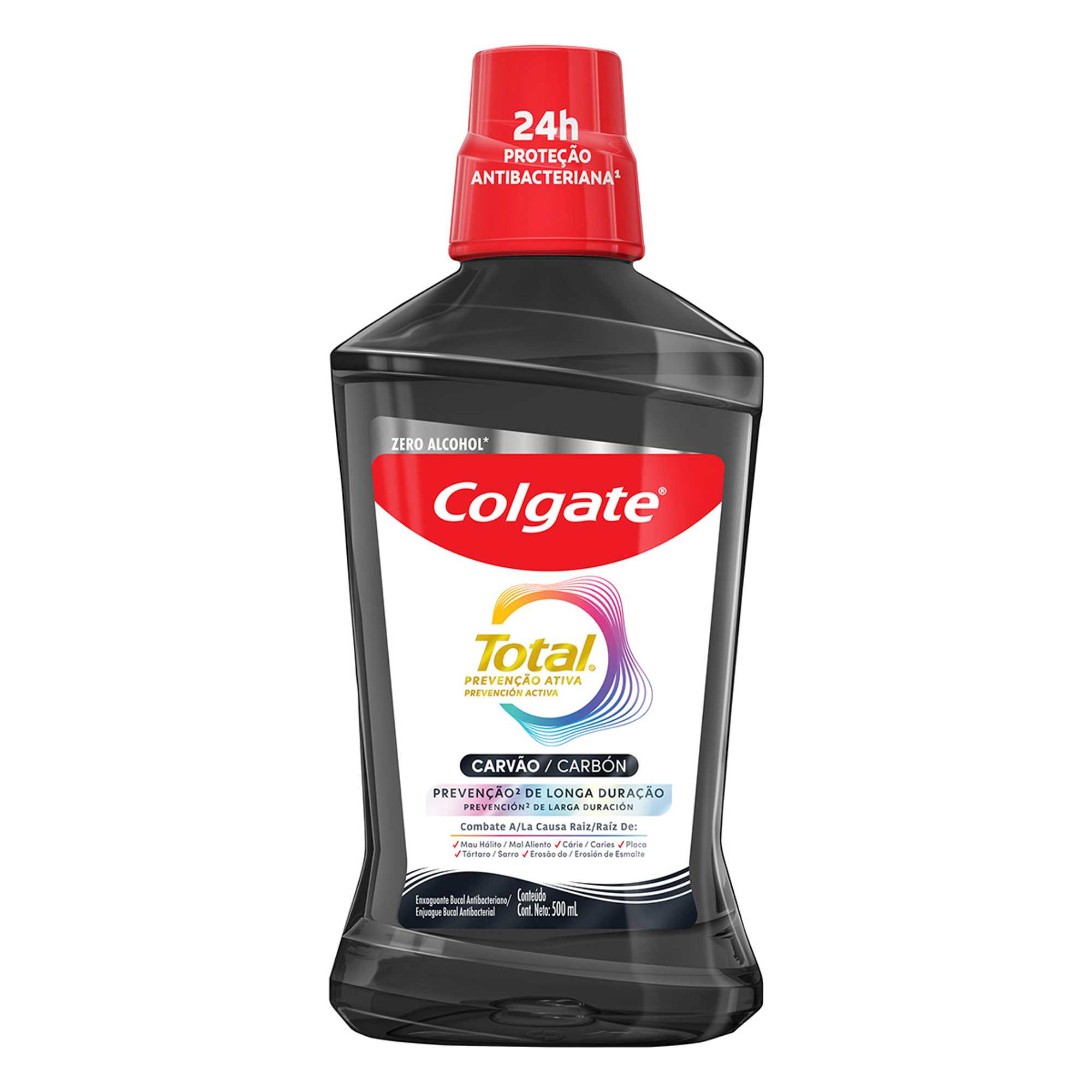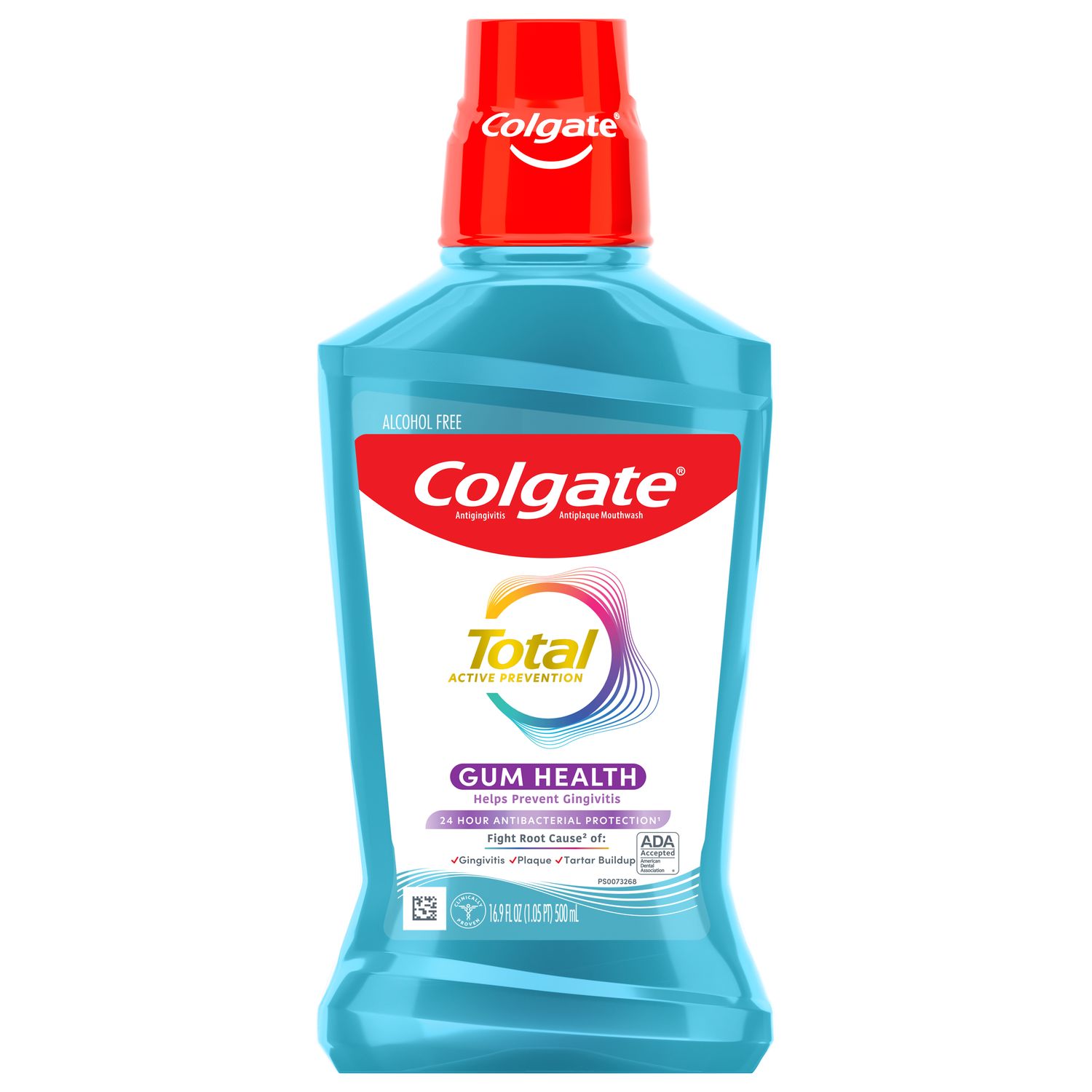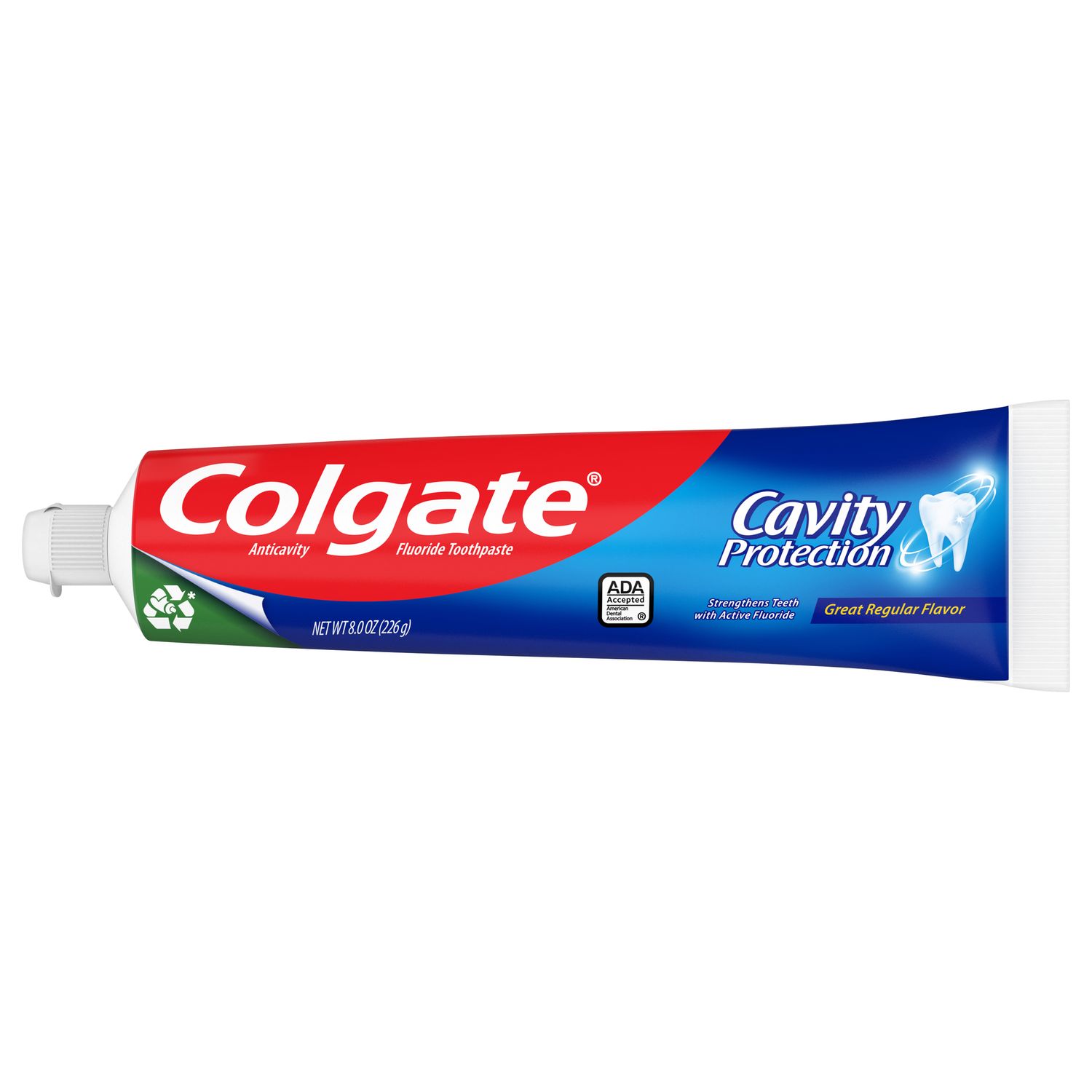What Causes Trigger Points Near Your TMJ?
Trigger points are sensitive areas of hyper-tense muscles. When a trigger point causes persistent strain and pain throughout the muscle, physicians and dentists call it myofascial pain syndrome. If you experience myofascial pain in your jaw, you can usually blame it on the masseter muscle, which connects the lower jawbone to the cheekbone. However, you might also feel pain or tightness in the neck muscles surrounding the jaw.
The Mayo Clinic lists several factors that might contribute to trigger point development. These include:
- Muscle injury. For example, you could develop a trigger point near a strained muscle.
- Muscle overuse. Repetitive motions and poor posture can contribute to trigger points.
- Stress and anxiety. Some theories suggest anxious people are more likely to clench their muscles, a repeated strain that leaves them more susceptible to trigger points.
Can You Treat TMJ Pain With Trigger Point Injections?
The treatment for your TMJ disorder will depend on the cause. Your dentist can help determine the source of your pain and put together the best treatment plan. Causes like arthritis, specific injuries, or displacement of jaw joint disks might not benefit from trigger point therapy. However, your practitioner may recommend trigger point injections in addition to other treatments if you experience pain from clenching your jaw or different muscle strains. No conclusive evidence exists that proves trigger point injections work better than other methods. Instead, many practitioners consider exercising the foundation of any treatment plan, so discuss your dentist or physician's options.
How Do TMJ Trigger Point Injections Work?
In a trigger point injection, a numbing agent or steroid is applied to the hyper-tense muscle to increase local circulation, break up muscle tension, and eliminate excessive tenderness. Sometimes merely inserting a needle without medication in several places around the trigger point — a dry needling technique — helps relieve the pain. Similarly, patients with myofascial pain syndrome have also found acupuncture helpful. This integrative medicine technique involves pricking the skin or tissues with needles at strategic points to treat physical, mental, and emotional conditions.
How Are Trigger Point Injections Performed?
Currently, no designated dental specialty exists for facial pain and TMJ disorders. However, some dentists receive special training in pain management and can offer treatment recommendations. You might also choose to see a medical professional specializing in pain management, such as rheumatologists or physical medicine and rehabilitation doctors.
Though the exact technique varies, the practitioner usually locates the trigger point manually and marks the site. They will clean the injection site and sometimes use a numbing spray to make the injection less painful. Then, the practitioner will insert the needle into the trigger point and inject the medicine. After the injection, you may use ice, heat, or over-the-counter pain relievers to relieve any discomfort. However, post-injection pain is considered relatively uncommon.
What Are Other Approaches to TMJ Pain Management?
Medical and dental professionals typically recommend a conservative approach to TMD treatment. These approaches include physical therapy exercises, relaxation techniques, or even wearing a nightguard to reduce the harmful effects of clenching or grinding your teeth during sleep. More severe cases might require medication or even surgery if other methods have not proved effective. Before you seek any pain management treatment, discuss your concerns with your dentist or physician. They will support you and help you find the most effective route to relief.
This article is intended to promote understanding of and knowledge about general oral health topics. It is not intended to be a substitute for professional advice, diagnosis or treatment. Always seek the advice of your dentist or other qualified healthcare provider with any questions you may have regarding a medical condition or treatment.
ORAL HEALTH QUIZ
What's behind your smile?
Take our Oral Health assessment to get the most from your oral care routine
ORAL HEALTH QUIZ
What's behind your smile?
Take our Oral Health assessment to get the most from your oral care routine















